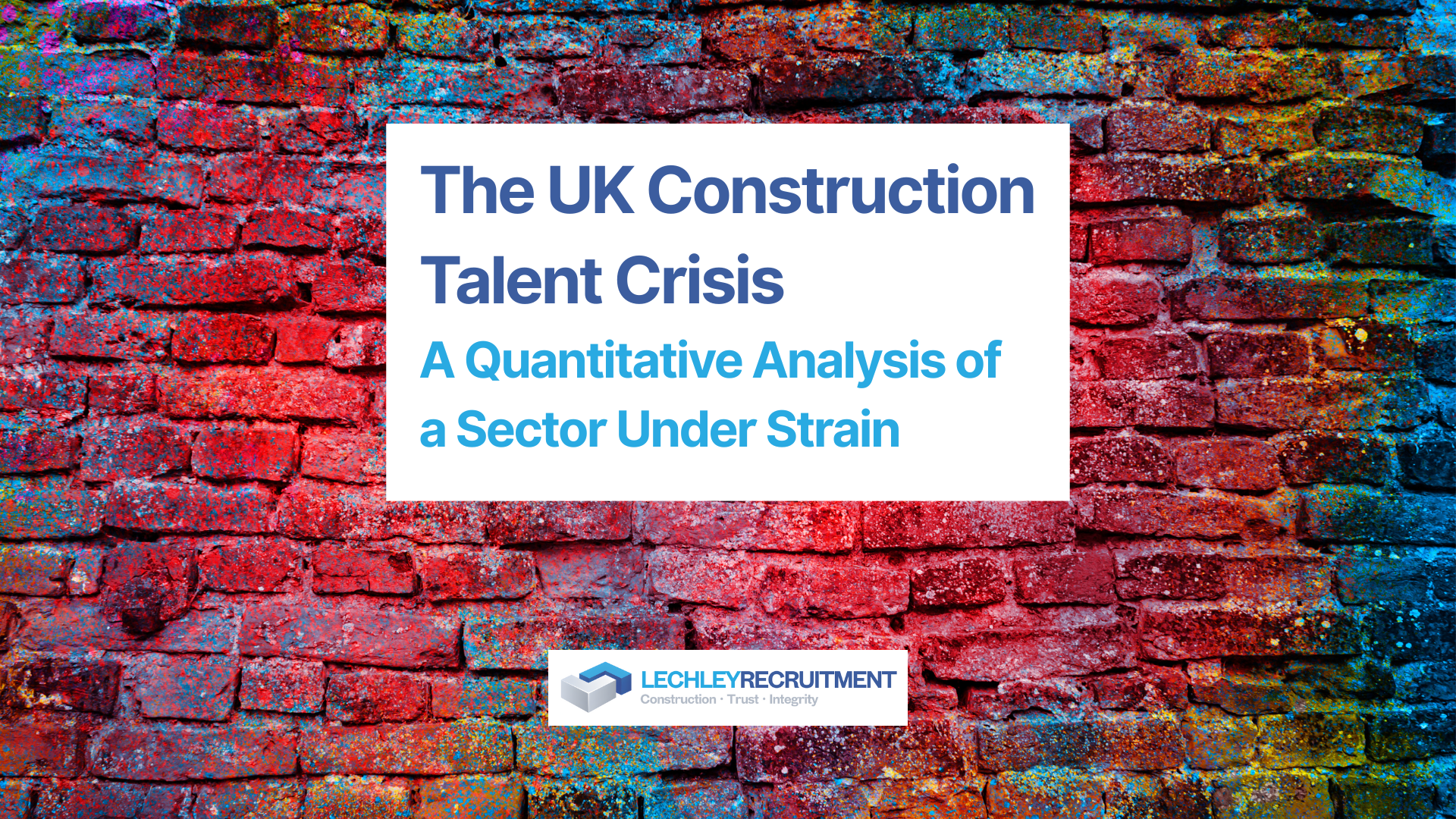Building Success: The Power of Leadership in the Construction Industry
The Building Success: The Power of Leadership in the Construction Industry
The construction industry is a dynamic and competitive field. Success in this sector hinges on strong leadership, strategic vision, and the right team to execute that vision.
Disruptive Changes
Technological advances, regulations, and shifting market dynamics continually reshape the construction landscape. Embracing these changes requires a forward-thinking leadership team that is adaptive and innovative.
Key Insights
- Investing in Leadership: Leading construction firms, such as [Example 2] and [Example 3], have seen significant returns on investment through strategic leadership initiatives.
- Impact of the Right Leadership: Strong leadership has been linked to increased efficiency, innovation, and profitability. Studies have shown that firms with influential leaders outperform their competitors.
- The Perils of Poor Leadership: On the flip side, lacking strong leadership can lead to stagnation, loss of market share, and reduced profitability.
The Path to Change
- Assessment: Understanding the current leadership landscape and identifying areas for growth.
- Strategic Planning: Creating an actionable roadmap tailored to specific goals.
- Implementation & Adaptation: Taking concrete action steps and handling setbacks effectively.
The Value of Specialised Executive Search
Working with an independent executive search firm specialising in the construction sector offers unparalleled industry insights, personalised service, and targeted strategies. This specialised approach can outperform large global firms, leading to the successful recruitment of top talent.
Conclusion
Building success in the construction industry demands visionary leadership. Your choices today can set the stage for enduring success, industry innovation, and a legacy that stands tall in the landscape of tomorrow. Whether through strategic recruitment or cultivating internal talent, leadership in the construction industry isn’t just about building structures; it’s about building futures.
Take the Next Step
Are you ready to build a leadership legacy? We'd like to schedule an initial consultation with us to explore personalised strategies tailored to your firm's specific goals. Together, we can pave the path to industry leadership.
body content of your post goes here. To edit this text, click on it and delete this default text and start typing your own or paste your own from a different source.





